Welcome to the JamWithLauren Blog
Many of these articles are inspired by questions from our JWL students. If you can’t find a post that digs into the issues that are plaguing you, consider signing up for lessons with Lauren. When you sign up you will gain access to her amazing curriculum and be able to ask Lauren questions. Who knows, maybe your question will inspire the next post!
![Life Lessons Learned Through [Teaching] Music](https://images.squarespace-cdn.com/content/v1/5ea09a31b06d660224dc77aa/1637083286145-QWDUTUXTE2U5MD94VVHD/Life+Lessons+Learned+Through+Teaching+Music.jpg)
Life Lessons Learned Through [Teaching] Music
We listen to music because we want to feel things; we play it because we want to feel things ourselves and because we want to make other people feel things. This means that it is crucial for musicians to feel like they can be themselves, and safely express whatever it is they have inside that reflects who they are. This is all about acceptance and making space for people. Creating music with or for other people is a common goal, but this doesn't mean that there is one way to go about it. In fact, there are endless ways.

How and Why to Join the Rhythm Section as a Fiddler
Today, I want to talk about rhythm. I am primarily a fiddler, and the fiddle is often considered a “melody” instrument. However, this is a misnomer because many instruments including the fiddle can play melody, chords, and rhythm simultaneously and separately. There is no good melody without good rhythm!
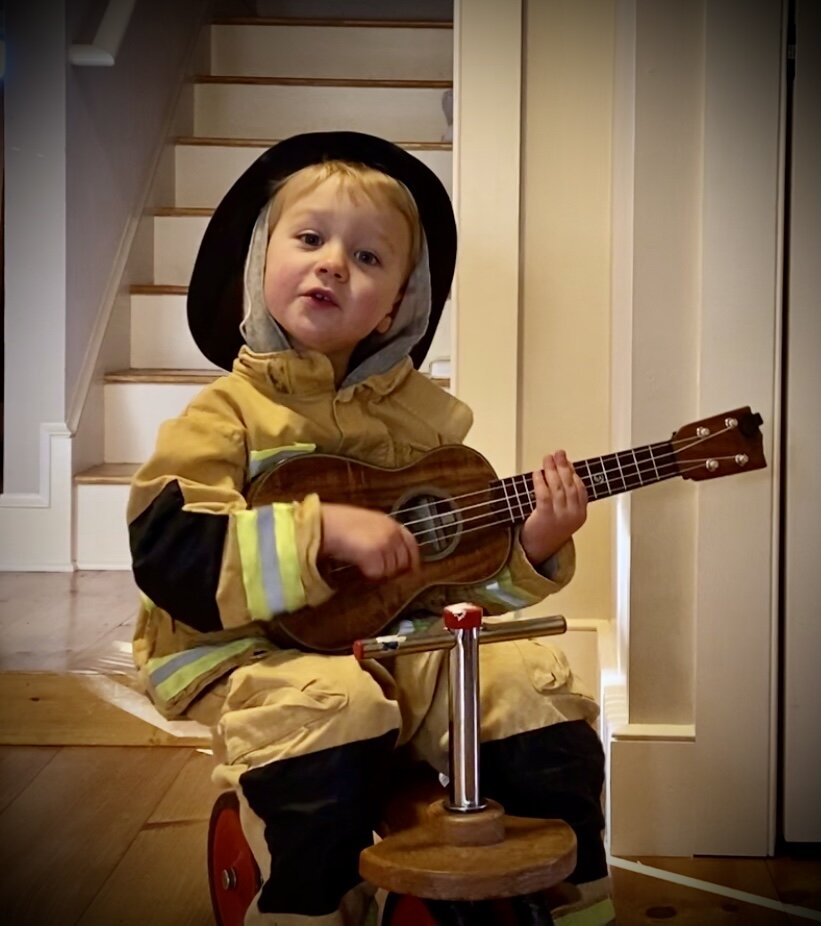
How To Approach Learning as an Adult: Play Like a Child
One aspect of my studio that will always interest me is seeing how differently our brains process new skills as we age. My students range from 5 to 75+, and the physical, mental and emotional abilities are always unique to each individual.
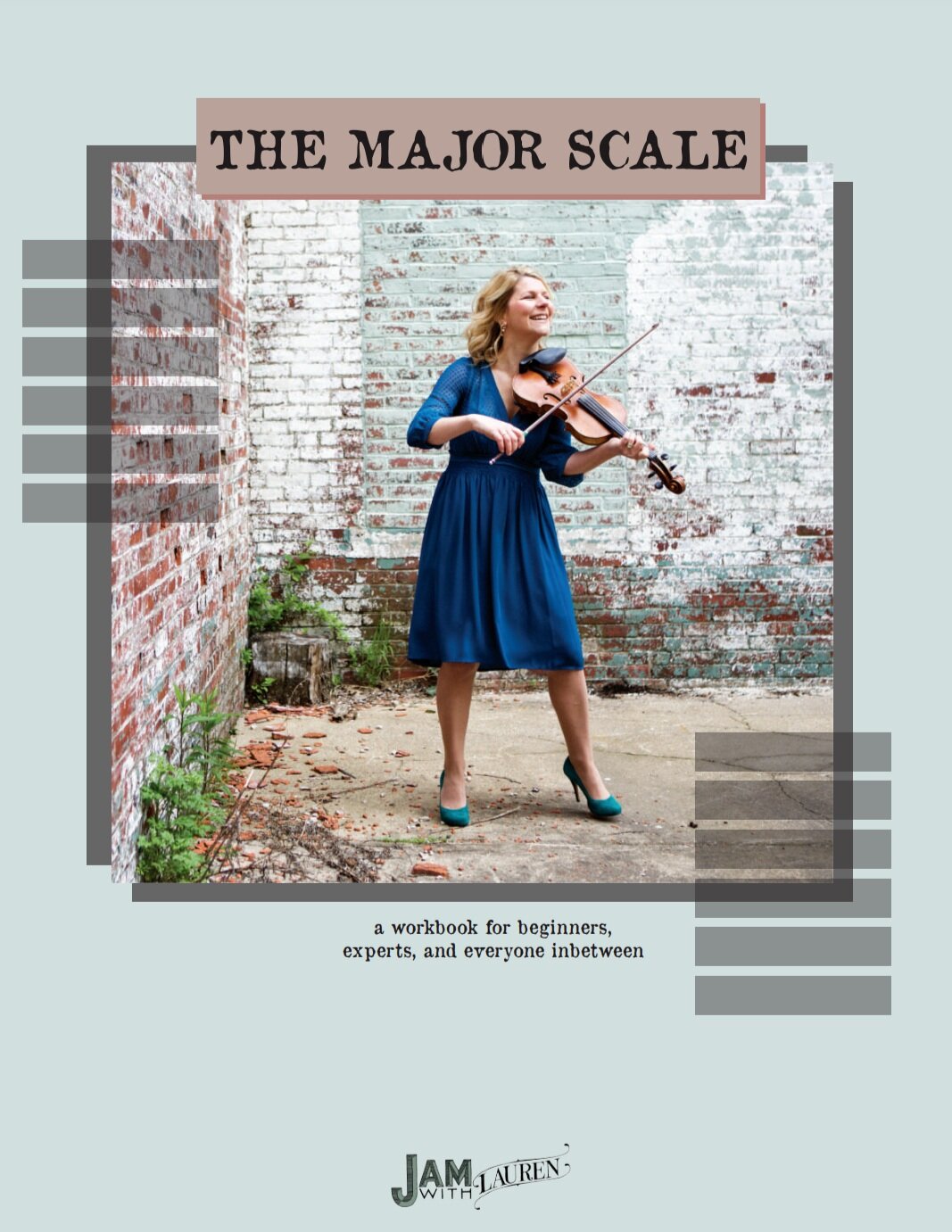
Major Scale Lesson
After teaching with this book for over a year, I realized that these diagrams do indeed help foster independence and confidence in my students. They are, however, more helpful with my repeated explanations and guidance, and perhaps possibly overwhelming without my talking you through the fingerboard maps.
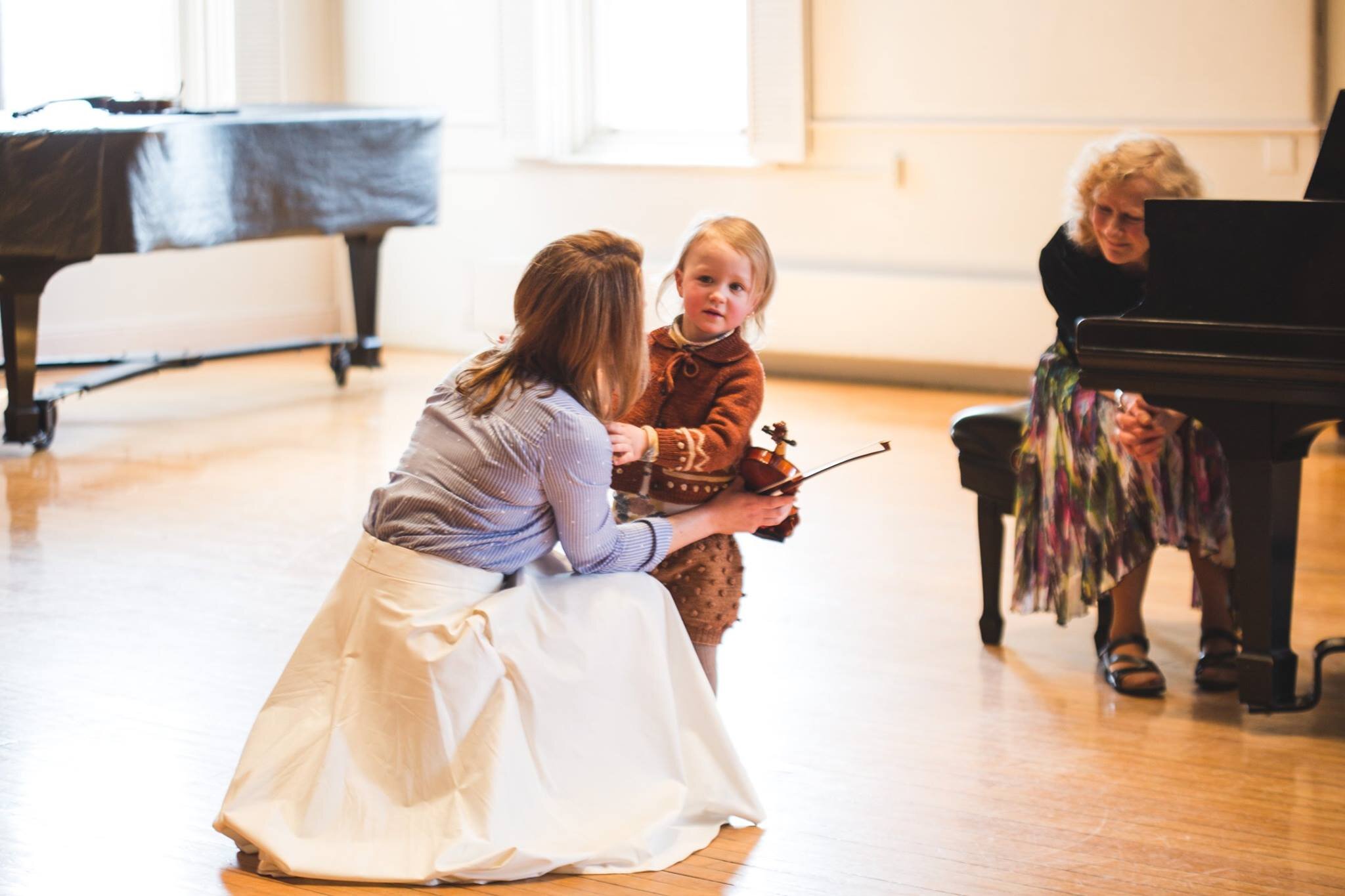
How To Prepare for an Anxiety-Free Performance
We’ve all been there. That moment before or in performance where things start to crumble and fumble out of your hands. Not because you’re unprepared - quite the opposite really, you’ve been practicing and sounding great. It’s just that right at that moment you’re not sounding your best. And then you start to get upset that you’re not sounding as great as you like/could/‘should’ and that exacerbates the problem.
I am here to strategize and make a plan so your next performance opportunities (either on Zoom or on stage or at your family gathering) are filled with more joy and less anxiety. Let’s get to work.
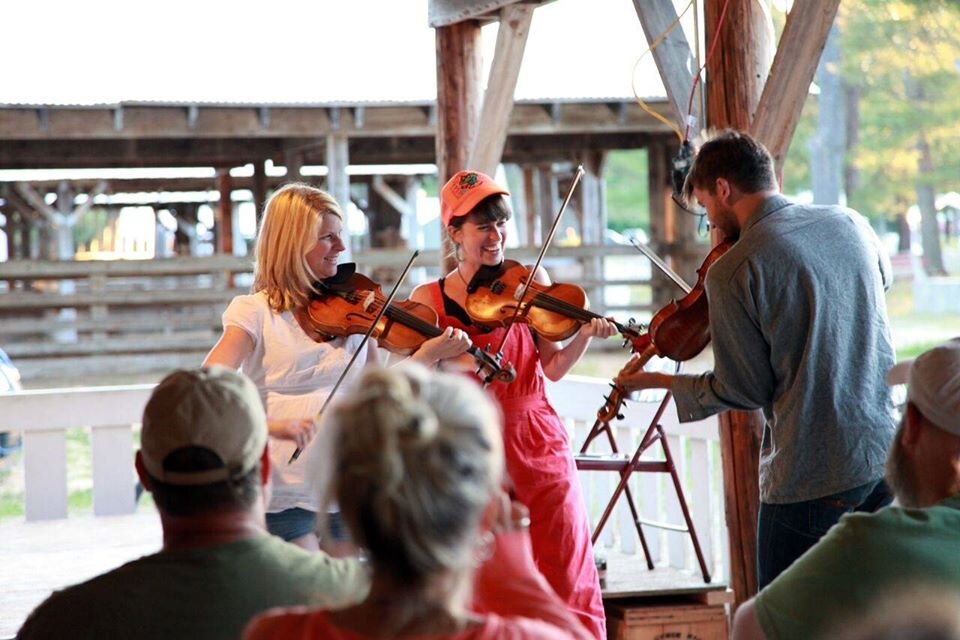
How To Create a Three Part Harmony
I have always looooved the sound of three-part harmonies - for voices and instruments. As a younger player who didn’t grow up learning harmony parts, I always wondered how other musicians could figure them out on the fly. Did they just know how the parts sounded and used their ears? Were there ‘rules’ that I just didn’t know about? Some of the time I could figure out a bit of a harmony part - if I lucked out that the third above or below the melody was also a chord tone, but I inevitably would get stuck and not know how to ‘fix’ it. Or all the notes would be ‘correct’ and yet all the parts wouldn’t blend together. So if this scenario sounds familiar to you, I’m here to help give a little guidance on how to figure out the tenor and baritone parts to complement your melody.

How To Improve Your Groove
Groove is such a difficult concept to pin down in words. And I already knew this because I try to talk about it on a regular basis! I talk about it with my bandmates, with my students, and with my musician friends, and we often find ourselves struggling to articulate what exactly we want to say. Groove is mysterious. Groove is what makes music and people dance.
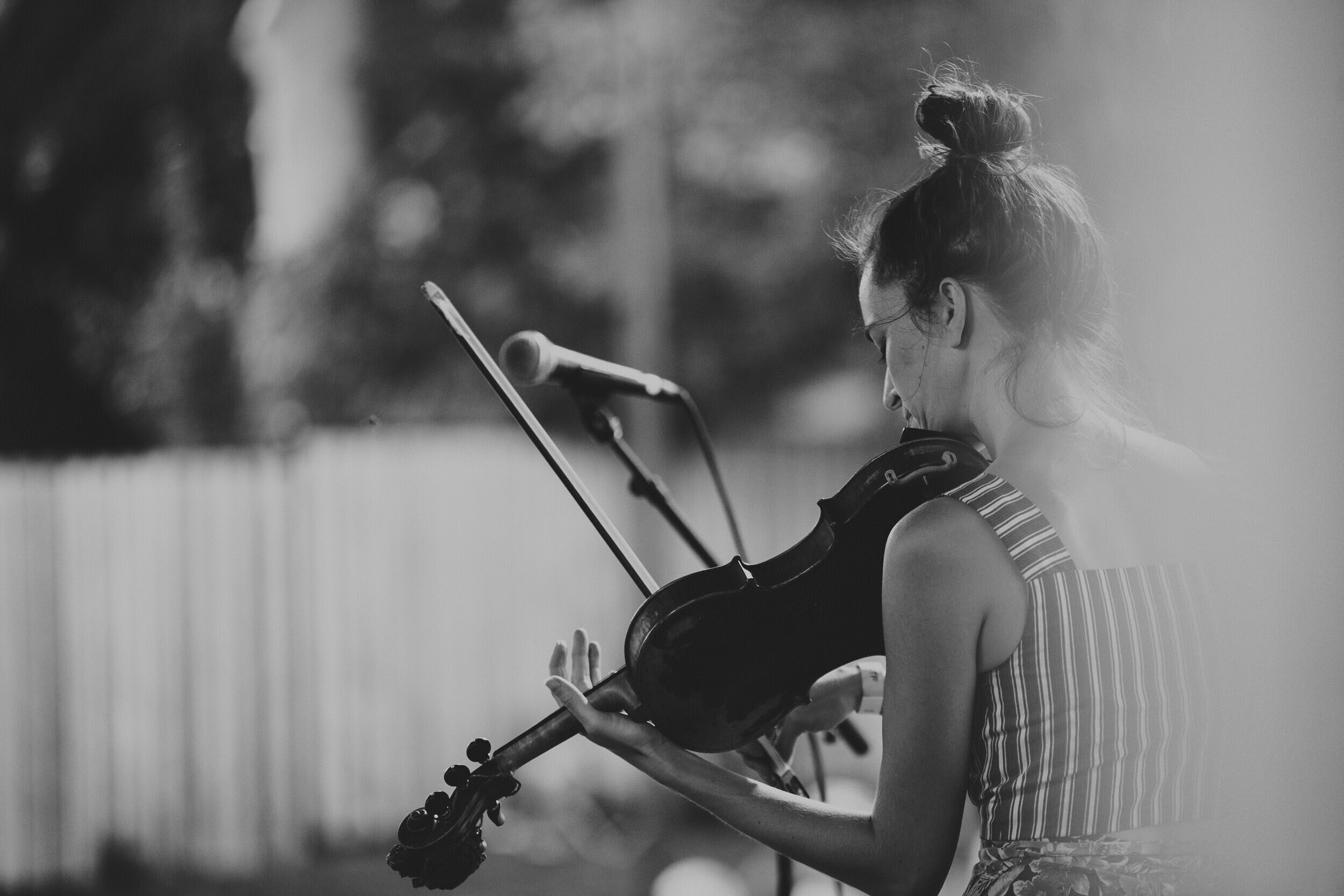
How to Use Source Recordings for Inspiration
I want to talk to you about listening to old recordings. These days there are many incredible resources available to us—a big one being YouTube. For example, this great video popped up a few days ago of Tommy Jarrell and Fred Cockerham in 1971. If you have only a few spare minutes, check out their rendition of “Cluck Old Hen” just after 9 minutes in.
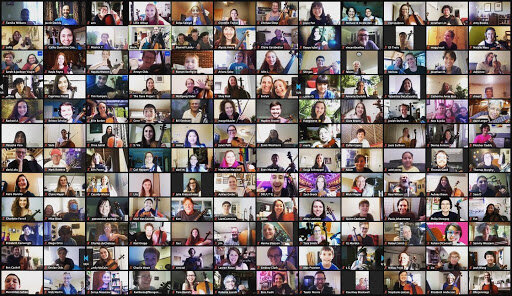
How-To Make the Most of Online Fiddle Camps
As large gatherings continue to be memories in our past and dreams of our future, summer music camps are presently online. While each camp is trying out its own virtual versions, here are some thoughts on how to make the most of these experiences.
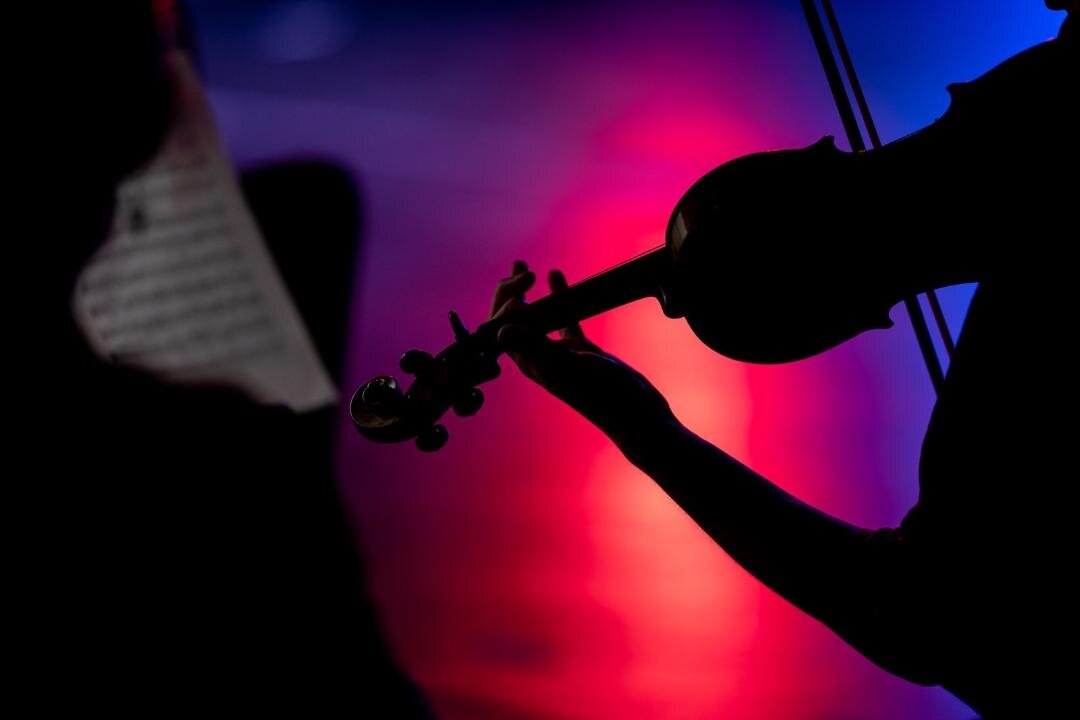
How-To Prevent Music Related Injury: Small Muscle Athlete Edition
We rely on our body to respond with speed, precision, flexibility, and consistency. We train, practice, study, repeat - until we’ve perfected a technique to such a degree that we simply can’t get it wrong. We ask our bodies to execute any kind of acrobatic episode, from up-bow staccato, to triple-tonguing, to playing the upright bass (which is an athletic event all on its own).
But no one warns you about this side of musicianship - the physicality of musical instruments is rarely taken into account, let alone recognized by non-musician folk.

Can You Sing It?
I’m a firm believer of the ‘if you can sing it, you can play it’ mentality when it comes to ear training. Correctly singing a phrase, or the entire tune, before you attempt to put your hands on the notes saves valuable practice time, which promotes efficient learning and good muscle memory.
